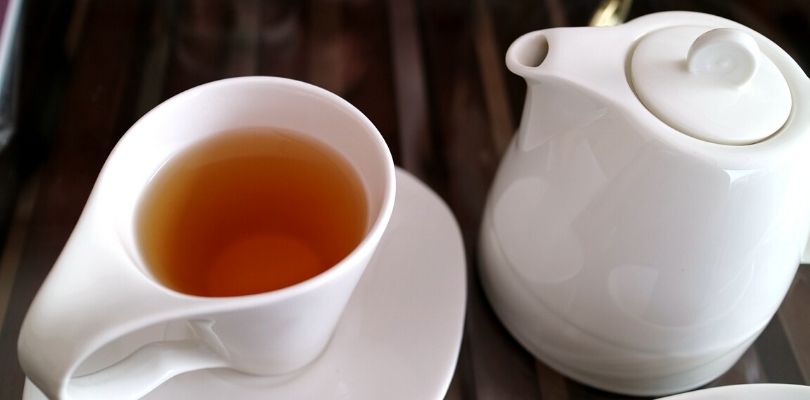What You Need to Know About Urinary Incontinence
In the beginning, the symptoms started so slowly and so mildly, you hardly even noticed. When you did notice, you just assumed it was a fluke or something that would just go away with time.
Before, you thought this was a normal issue people had to manage. Now, you’re not so sure.
The problem seems to be worsening, rather than getting better. It’s making you more uncomfortable, worried, and embarrassed.
The problem is incontinence.
What Is Incontinence?
Incontinence or urinary incontinence (UI) is the loss of bladder control, but despite its simple definition, the condition has a wide range of intensities. Incontinence is a condition that affects a variety of people in a variety of ways.
People with UI may experience very strong urges to urinate often while other people may notice some leaking when coughing or sneezing. Though the symptoms present differently, there are both related to UI.
UI is a problem for many people, but women are more susceptible to the condition. In fact, the number of women with UI nearly doubles the number of men with UI.
The Five Types of Urinary Incontinence
Since UI is a large problem, the condition is separated into five subtypes each with their own symptoms and diagnostic process.
Stress Incontinence
Stress incontinence is marked by urine leakage triggered by sudden stomach pressure. In this type of UI, the incontinence is usually caused by weakened pelvic muscles that are common after childbirth or surgery.
Stress incontinence can occur when you:
- Laugh
- Cough
- Sneeze
- Lift something heavy
- Exercise
Urge Incontinence
If you have a strong and immediate urge to urinate with leakage before you can reach the toilet, you could have urge incontinence. Everyone receives signals from their body when they need to urinate, but with urge incontinence, the signal is given too late to make it to the bathroom.
Urge incontinence could be a sign of a larger problem like an overactive bladder or a urinary tract infection (UTI). This type of incontinence is also very common in older people.
Overflow Incontinence
Overflow incontinence is triggered by a bladder which is too filled with urine. If you have overflow incontinence, you might feel like you cannot completely empty your bladder during urination and small amounts of urine may leak out later.
Overflow UI is more common in men than women. Often, the normal urine flow is interrupted by complications associated with diabetes, an enlarged prostate, certain medications, or an unseen tumor.
Loneliness does not have to control your life. By taking action, you can reduce the impact of loneliness in your life. Here's how to cope with being alone.
Functional Incontinence
People with functional incontinence will have urine leakage despite having a fully functioning digestive system. For these people, UI is a problem caused by another medical or mental health condition.
For example, if the person has COPD or recently had surgery, they will struggle to get themselves to the bathroom physically. These people will experience UI due to the other condition affecting their mobility.
Mixed Incontinence
As if the situation were not already frustrating enough, there is a fifth type of UI – mixed incontinence. With mixed incontinence, the person will suffer from two or more types of UI at the same time. It is easy to see how urge, stress, and overflow incontinence could mix together to craft a nasty situation.
Incontinence: Risk Factors and Prevention
Various characteristics are linked to UI, which gives you the unique ability to acknowledge your risk factors and then take preventative action to decrease your risks. Incontinence risk factors include:
- Being overweight or obese because the weight adds pressure to the bladder and surrounding muscles
- Giving childbirth, since pregnancy has the ability to weaken and stretch muscles
- Urinary tract infections
- Diseases of the blood vessels
- Other medical conditions like:
- Alzheimer’s disease
- Diabetes
- Multiple sclerosis
- Prostate issues in men (i.e., benign prostatic hyperplasia)
- Life after menopause for women
There are some simple measures you can take to prevent incontinence from impacting your life. Some of the best preventative measures are:
- Avoiding caffeine
- Moderating alcohol consumption
- Eating fewer spicy or acidy foods like tomatoes and citrus
- Losing weight
- Drinking less around bedtime
Incontinence Treatment Options
One of the best ways to improve or prevent your incontinence symptoms is with Kegel exercises. Kegel exercises are wonderful because they are simple and can be done anywhere at any time.
Helpful for men and women, you must practice some patience while completing Kegels as it may take up to six months to see the desired benefits. The time needed will be frustrating, but this drug-free option is worth a chance.
Along with Kegels, people benefit from bladder training. This process involves monitoring your fluids, timed bathroom visits, and other exercises to extend the time between urinations, boost the volume your bladder can contain, and lower the urge to use the bathroom.
Bladder training has the best success for stress and urge incontinence types.
No matter the form of treatment you employ for your urinary incontinence, do not let shame or embarrassment surrounding the situation hold you back. Discuss your concerns openly and plainly with your doctor for recommendations and insights.







